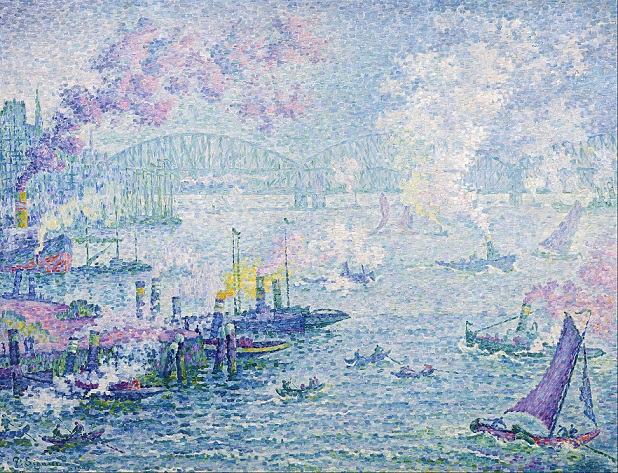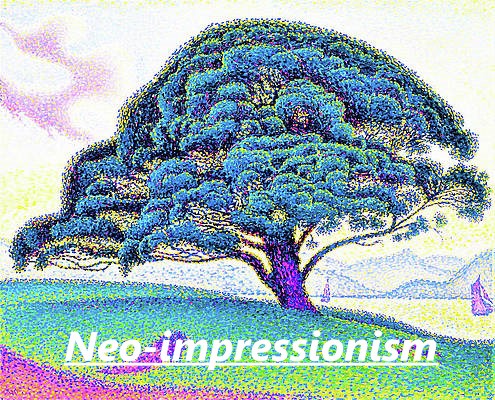




Neo-impressionism is a term an art movement founded by Georges Seurat. Seurat's most renowned masterpiece, A Sunday Afternoon on the Island of La Grande Jatte, marked the beginning of this movement when it first made its appearance at an exhibition in Paris. Neo-impressionism was born during the 80s of 19th century when the Impressionism developed to its prime time.
Around this time, the peak of France's modern era emerged and many painters were in search of new methods. Followers of Neo-Impressionism, in particular, were drawn to modern urban scenes as well as landscapes and seashores. Science-based interpretation of lines and colors influenced Neo-impressionists' characterization of their own contemporary art. The Pointillist and Divisionist techniques are often mentioned in this context, because it was the dominant technique in the beginning of the Neo-impressionist movement.
Some argue that Neo-impressionism became the first true avant-garde movement in painting. The Neo-impressionists were able to create a movement very quickly in the 19th century, partially due to its strong connection to anarchism, which set a pace for later artistic manifestations. The movement and the style were an attempt to drive "harmonious" vision from modern science, anarchist theory, and late 19th-century debate around the value of academic art. The artists of the movement "promised to employ optical and psycho-biological theories in pursuit of a grand synthesis of the ideal and the real, the fugitive and the essential, science and temperament."
Neo-impressionism played an important role in guiding the 20th-century Fauvism, early Cubism, Futurism, Abstractism and postmodern Pop art, etc.